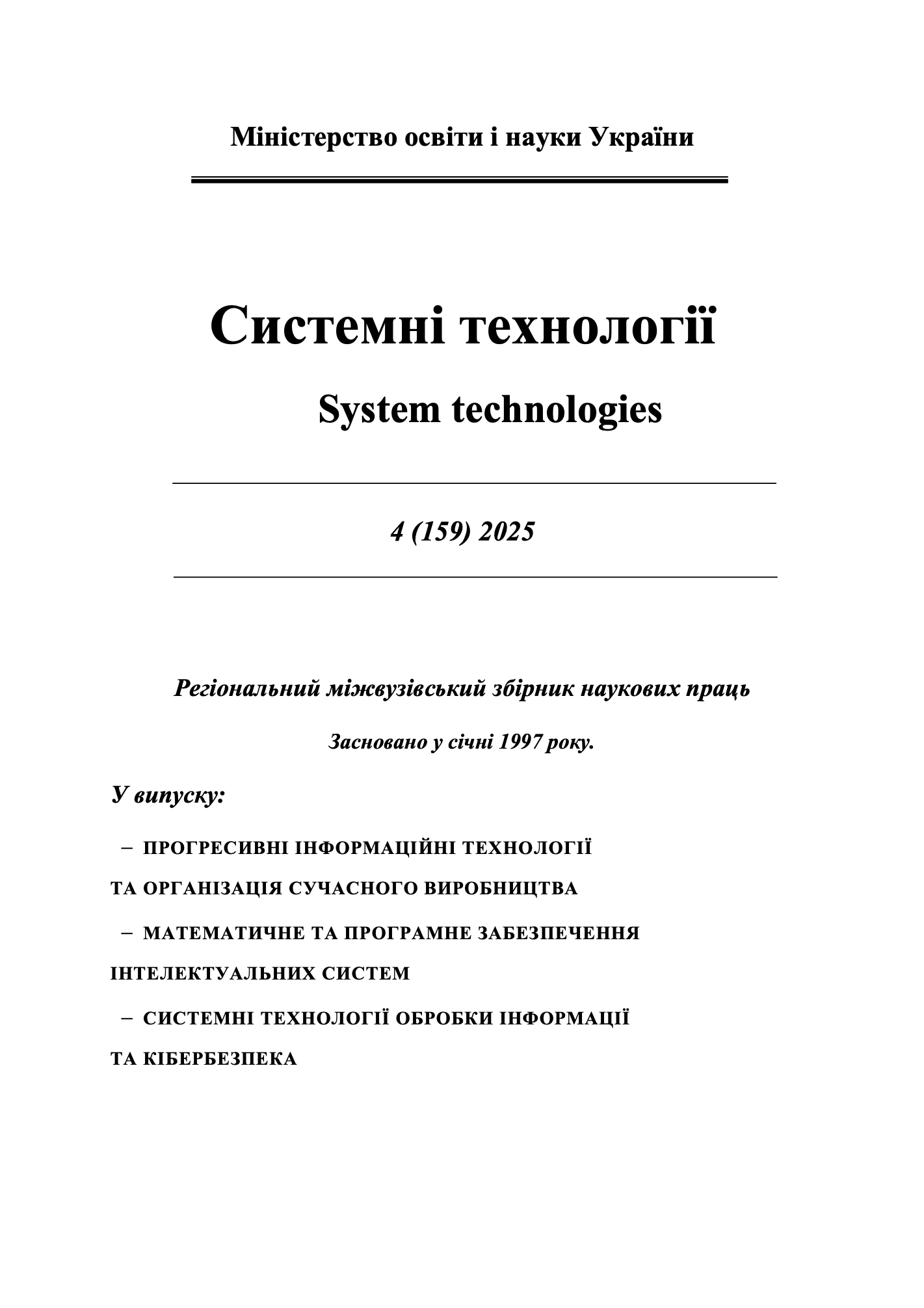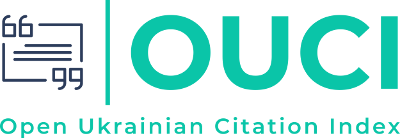Artificial intelligence methods for predicting hydrocarbon deposits from three-dimensional seismic images
DOI:
https://doi.org/10.34185/1562-9945-4-159-2025-16Keywords:
artificial intelligence, three-dimensional seismic images, hydrocarbons, reservoir prediction, convolutional neural networks, recurrent neural networks, transformer networks, graph neural networks, physically informed neural networks, seismic attributes, spectral de-composition, transfer learning, generative adversarial networks.Abstract
The application of artificial intelligence to hydrocarbon reservoir prediction based on 3D seismic images has shown significant potential, offering the possibility of improving the efficiency, accuracy and reliability of exploration operations. A review of the state-of-the-art reveals a growing body of research utilizing various AI models, especially deep learning ar-chitectures such as CNNs, for tasks such as reservoir property prediction, lithology classifi-cation, and structural interpretation. However, several limitations and challenges remain, including issues with data scarcity and quality, the need to improve the generalizability and interpretability of AI models, and the effective management of complex geological structures. To overcome these limitations, future research should focus on several promising areas. The development and application of more complex AI models, such as hybrid architectures that combine the strengths of CNNs, RNNs, and Transformers, as well as the study of graph neural networks to exploit structural relationships in seismic data, deserve further investiga-tion. Physically-informed neural networks that integrate geophysical principles into the train-ing process have significant potential to improve the accuracy and physical plausibility of predictions, especially with limited data. Advances in data augmentation techniques, including the use of generative adversarial networks to generate realistic synthetic seismic data, and the development of effective transfer learning strategies are crucial to address the problem of limited labeled datasets. In addition, research into multiple example learning methods can allow AI models to learn from very small amounts of data, which is especially relevant in areas of new area exploration. Improving the interpretability and explainability of AI models is key to their widespread adoption in the industry. The application and further development of XAI methods such as LIME and SHAP, along with the analysis of attention mechanisms in deep learning models, can provide valuable insights into the decision-making processes of these complex systems. The design of internally interpretable model architectures and the development of advanced visualization techniques will also help build trust and facilitate the integration of AI into geo-scientists' workflows. The creation of larger, more diverse, and well-labeled reference 3D seismic datasets is important to ensure fair and reproducible comparisons of different AI models and method-ologies. Future research should also focus on the integration of multimodal data sources such as seismic data, well logs, geological maps, and remote sensing data using AI techniques to provide a more complete understanding of subsurface hydrocarbon potential. Finally, quanti-fying the uncertainty in AI-based hydrocarbon forecasting will be crucial to provide more re-liable risk assessments and support informed decision-making in exploration and develop-ment.
References
“Machine Learning in Oil and Gas Exploration - A Review”, Ahmad Lawal, Yingjie Yang, Hongmei He, Nathaniel L. Baisa, January 2024, IEEE Access PP(99):1-1, DOI:10.1109/ACCESS.2023.3349216.
“Enhancing Oil And Gas Exploration Efficiency Through Ai-Driven Seismic Imaging And Data Analysis”, Gideon Oluseyi Daramola, Boma Sonimiteim Jacks, Olakunle Abayomi Ajala, Abiodun Emmanuel Akinoso, Engineering Science & Technology Journal, P-ISSN: 2708-8944, E-ISSN: 2708-8952, Volume 5, Issue 4, P.No. 1473-1486, April 2024, DOI: 10.51594/estj/v5i4.1077.
“Artificial Intelligence Transforms Seismic Interpretation”, Fatma Ahmed, Egypt Oil and Gas Group.
“Machine learning for seismic exploration: Where are we and how far are we from the holy grail?”, Farbod Khosro Anjom, Francesco Vaccarino, Laura Valentina Socco. Geophysics (2024) 89 (1): WA157–WA178, doi.org/10.1190/geo2023-0129.1.
“A Review of AI Applications in Unconventional Oil and Gas Exploration and Develop-ment”, Feiyu Chen, Linghui Sun, Boyu Jiang, Xu Huo, Xiuxiu Pan, Chun Feng, Zhirong Zhang. Energies 2025, 18(2), 391. doi.org/10.3390/en18020391.
“A novel seismic inversion method based on multiple attributes and machine learning for hydrocarbon reservoir prediction”, Zongbin Liu, Jianmin Zhu, Bo Tian, Rui Zhang, Yong-heng Fu, Yuan Liu, Front. Earth Sci., December 2024, Sec. Economic Geology, Volume 12 - 2024, doi.org/10.3389/feart.2024.1498164
“Transformer and CNN Hybrid Neural Network for Seismic Impedance Inversion”, Chun-yu Ning, Bangyu Wu, Zhaolin Zhu, DOI:10.1109/IGARSS52108.2023.10281611, IGARSS 2023 - 2023 IEEE International Geoscience and Remote Sensing Symposium.
“The Impact of Artificial Intelligence and Machine Learning on Reservoir Characteriza-tion”, Chibuzo Valeria Ahaneku, Chibuike Dominic Muogbo, Humphrey Chukwuma Anozie, July 2024, International Journal of Research and Innovation in Applied Science IX(VII/July 2024):612, DOI:10.51584/IJRIAS.2024.907052.
“Fault Detection via 2.5D Transformer U-Net with Seismic Data Pre-Processing”, Zhanxin Tang, Bangyu Wu, Weihua Wu, Debo Ma, Remote Sens. 2023, 15(4), 1039; doi.org/10.3390/rs15041039.
Dmytriieva I.S., Dmytrenko A.M. Using The Method Of Support Vectors On The Example Of Predicting The Properties Of Hydrocarbon Deposits / Proceedings of the International Scientific and Technical Conference Information Technologies in Metallurgy and Machine Building-ITMM 2024. April 2024. Dnipro. р. 227-231; DOI: 10.34185/1991-7848.itmm.2024.01.040
Downloads
Published
Issue
Section
License
Copyright (c) 2025 System technologies

This work is licensed under a Creative Commons Attribution 4.0 International License.















